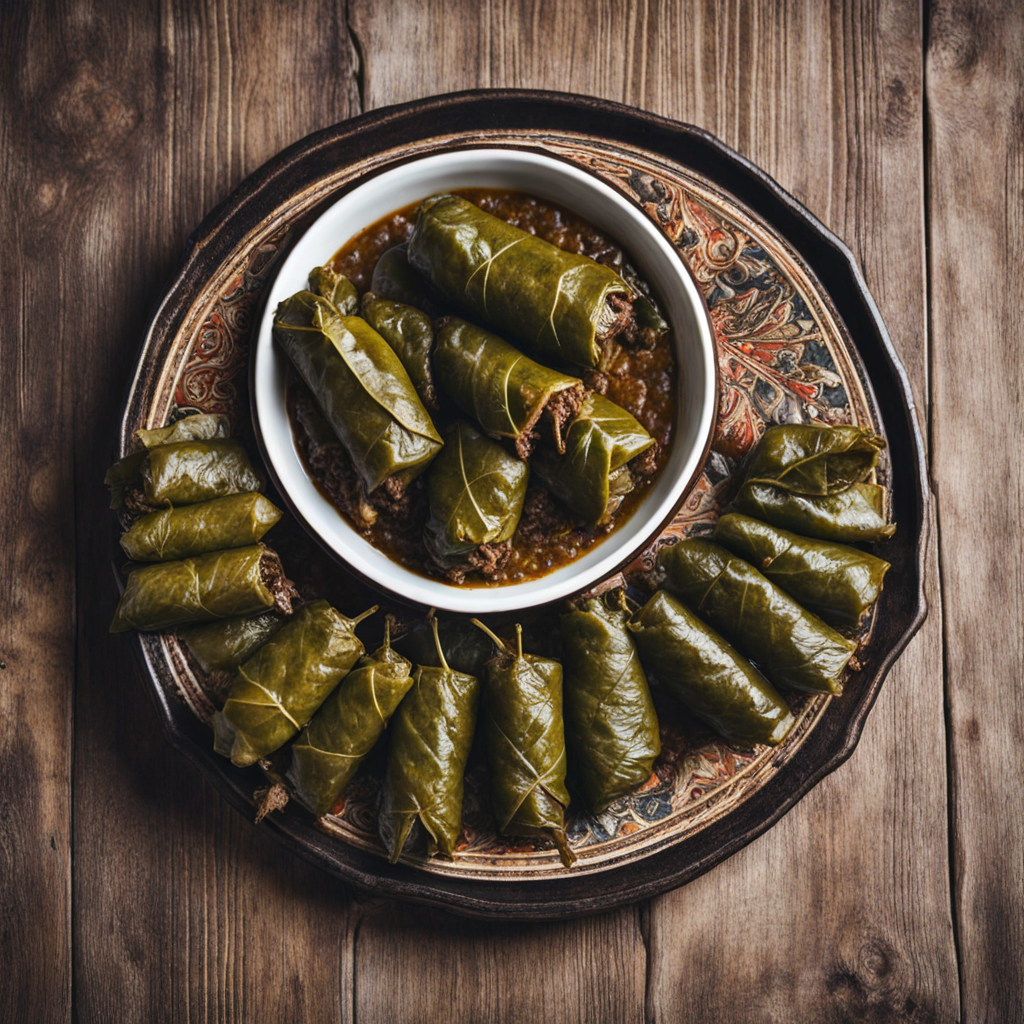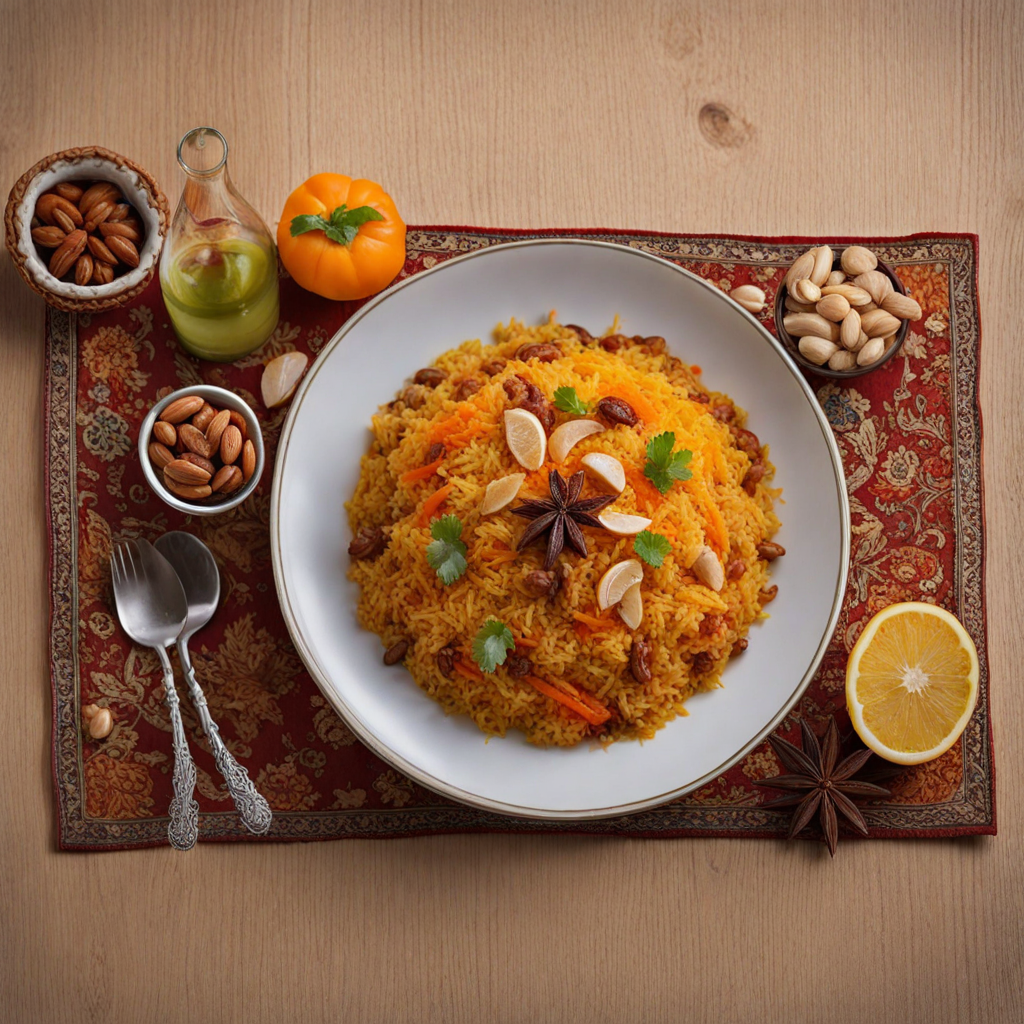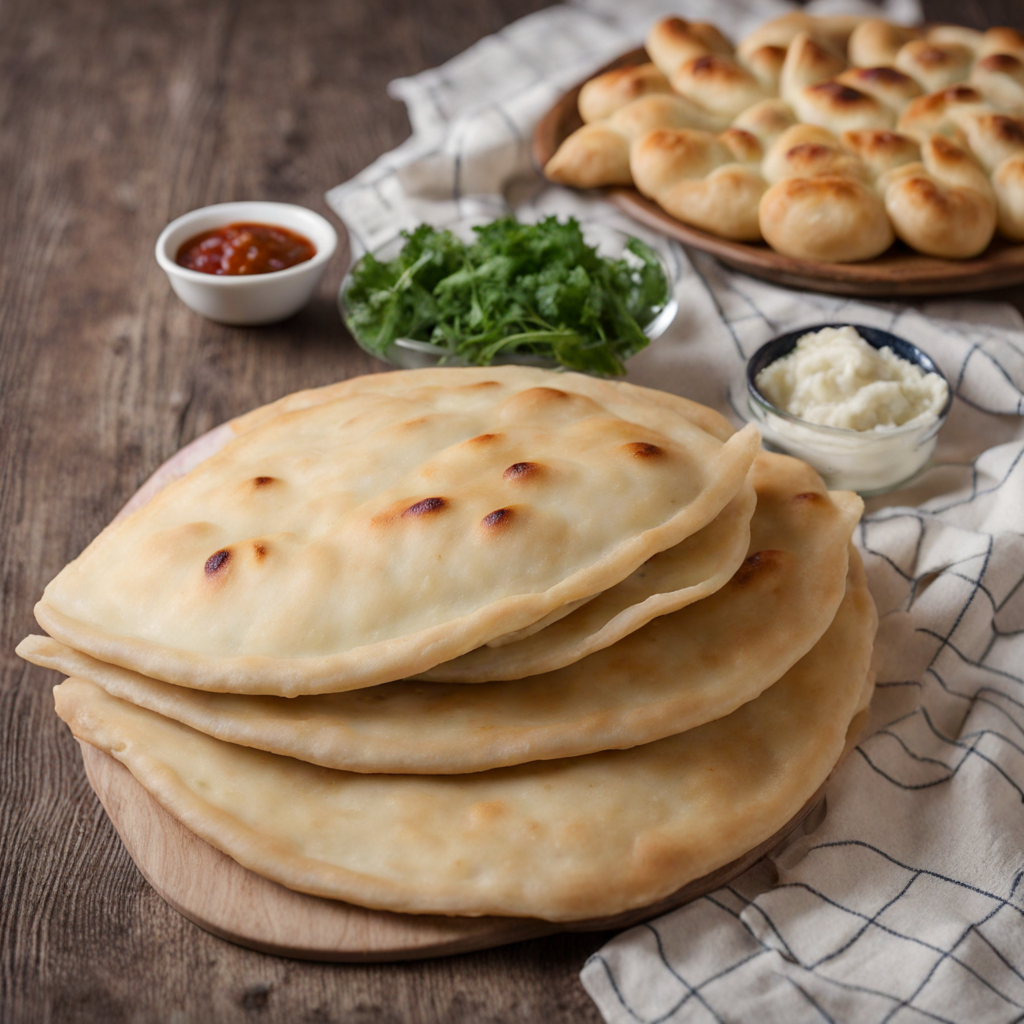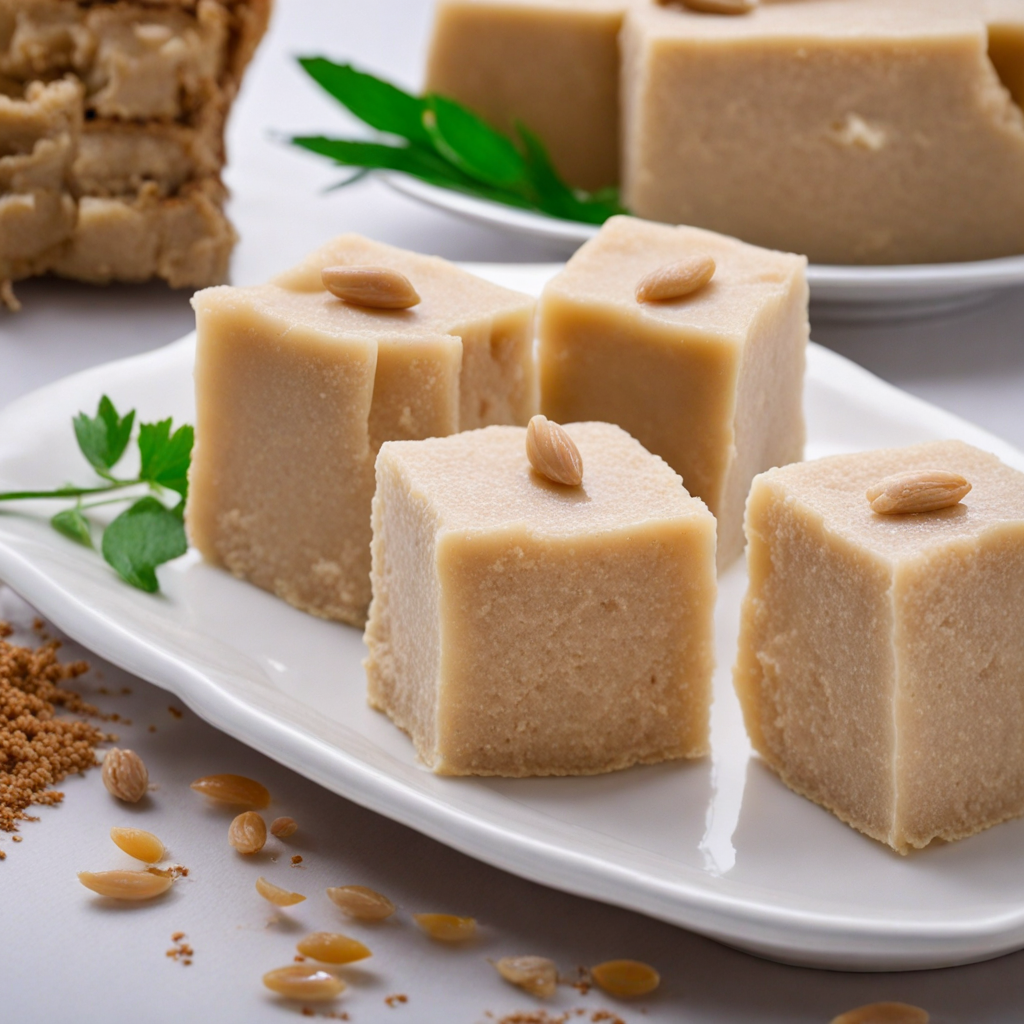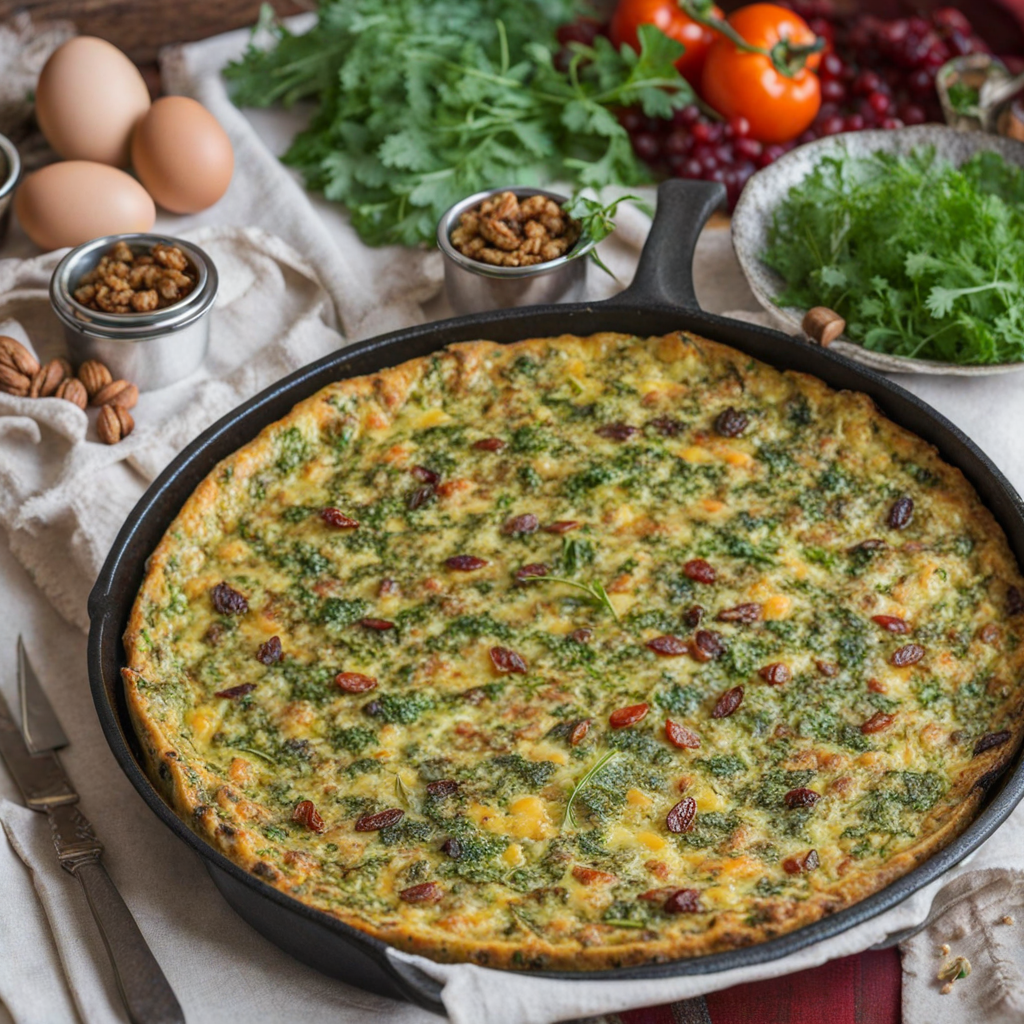Dolma
Azerbaijan's dolma is a delightful culinary experience that showcases the country's rich flavors and traditions. This dish typically consists of grape leaves or vegetables, such as peppers and eggplants, stuffed with a savory mixture of rice, minced meat (often lamb or beef), and a blend of aromatic herbs and spices. The filling is seasoned with ingredients like dill, mint, and sometimes even a hint of sourness from pomegranate or lemon juice, creating a balance of flavors that is both complex and satisfying. Each bite reveals a tender, well-cooked exterior that encases a fragrant, flavorful interior, making dolma a beloved dish among locals and visitors alike. Preparing dolma is an art form that requires patience and skill, as the grape leaves must be carefully rolled to encase the filling without tearing. In Azerbaijan, dolma is often served with a side of yogurt or a tangy sauce, enhancing its taste and providing a refreshing contrast to the richness of the meat and spices. The dish can be enjoyed hot or cold, making it versatile for various occasions, from family gatherings to festive celebrations. Its presentation is also a feast for the eyes, with vibrant colors and elegant rolls that invite diners to savor the experience. Beyond its delicious taste, dolma carries cultural significance in Azerbaijan, often being a symbol of hospitality and generosity. Sharing a plate of dolma with friends or family is a gesture that conveys warmth and togetherness, highlighting the importance of food in social gatherings. As you explore the flavors of Azerbaijan through dolma, you'll not only indulge in a unique taste but also connect with the country's rich heritage and traditions that have been passed down through generations.
How It Became This Dish
An Engaging History of 'دولما' (Dolma) from Azerbaijan #### Origins and Etymology Dolma, a dish that embodies the rich culinary heritage of Azerbaijan, has roots that stretch deep into the tapestry of the region’s history. The term "dolma" originates from the Turkish verb "dolmak," meaning "to be stuffed." This delightful dish, made by stuffing vegetables, leaves, or even meat with a mixture of rice, herbs, and spices, reflects the agricultural abundance and rich flavors characteristic of the Caucasus region. The origins of dolma can be traced back to ancient civilizations that flourished in the territory of modern-day Azerbaijan, especially the Persians and the Turks. It is believed that the concept of stuffing vegetables began as early as the 4th century BCE, with references found in Persian cuisine. Over centuries, the dish has evolved and adapted, influenced by various cultures and peoples, including the Arabs, Greeks, and Russians, each leaving their mark on this beloved culinary tradition. #### Cultural Significance In Azerbaijan, dolma is more than just a dish; it is a symbol of hospitality and cultural heritage. Often served during special occasions, family gatherings, and celebrations, dolma reflects the values of community and togetherness. The preparation of dolma is often a communal activity, where family members come together to share recipes, stories, and laughter. This collective effort enhances the bond among family members and underscores the importance of food in Azerbaijani culture. Dolma also features prominently in Azerbaijani national events and festivals. For instance, during Novruz, the Persian New Year celebrated in March, dolma may be prepared as part of a larger feast that symbolizes renewal and the coming of spring. The dish stands as a testament to the agricultural cycles of the region, as it utilizes fresh, seasonal ingredients that celebrate the bounty of nature. #### The Evolution of Dolma As time progressed, dolma evolved in various ways, incorporating regional ingredients and cooking techniques. In Azerbaijan, the most common variations include grape leaves stuffed with rice, herbs, and minced meat, as well as stuffed peppers, tomatoes, and eggplants. The use of grape leaves is particularly significant; the vineyards of Azerbaijan are renowned, and the leaves are often used to create a tender, flavorful wrap for the filling. The stuffing itself is a harmonious blend of rice, meat (usually lamb or beef), and a medley of spices such as dill, mint, and parsley. This combination not only reflects the culinary traditions of Azerbaijan but also highlights the importance of fresh herbs in enhancing flavors. The dish is typically cooked slowly, allowing the flavors to meld beautifully, and is often served with a side of yogurt or a tangy sauce, which adds a refreshing contrast to the rich filling. In addition to the traditional recipes, modern Azerbaijani chefs have begun to experiment with dolma, infusing it with contemporary twists while maintaining the essence of the dish. Ingredients such as quinoa, bulgur, and various spices have been introduced to cater to evolving palates and dietary preferences. This adaptability ensures that dolma remains relevant in the ever-changing culinary landscape. #### Regional Variations While dolma is a staple in Azerbaijani cuisine, it is also celebrated across the broader region, with each country offering its unique spin on the dish. In Turkey, for instance, "yaprak sarma" refers specifically to grape leaves stuffed with rice and spices, while "kıymalı dolma" denotes stuffed vegetables filled with minced meat. The Greeks have their version known as "dolmathes," which often incorporates lemon sauce, showcasing the diverse interpretations of this beloved dish. Each regional variation not only highlights local ingredients but also reflects the historical interactions among cultures. The Silk Road, which traversed Azerbaijan, played a crucial role in the exchange of culinary practices, spices, and ingredients. This interconnectedness has allowed dolma to thrive in various forms, capturing the hearts and palates of people across borders. #### Contemporary Significance In recent years, there has been a resurgence of interest in traditional Azerbaijani cuisine, with dolma at the forefront. As the global culinary scene embraces authenticity and heritage, chefs and home cooks alike are rediscovering the beauty of traditional dishes. Festivals celebrating Azerbaijani culture often feature dolma prominently, allowing people to experience the flavors of the past while embracing contemporary interpretations. Moreover, the rise of social media has allowed for the sharing of recipes and cooking techniques, fostering a new generation of cooks eager to keep the tradition alive. Online platforms and cooking shows are showcasing dolma not just as a dish, but as a story, a celebration of heritage, and a bridge connecting people through food. #### Conclusion Dolma is much more than a simple stuffed dish; it is a culinary narrative that encapsulates the history, culture, and shared experiences of the Azerbaijani people. From its ancient origins to its modern adaptations, dolma continues to evolve while remaining a cherished symbol of hospitality and community. As it garners attention on the global stage, the dish serves as a delicious reminder of the rich cultural tapestry that has shaped Azerbaijan and its culinary landscape. Whether enjoyed at a festive gathering or a humble family meal, dolma invites us all to savor the flavors of tradition, connection, and love.
You may like
Discover local flavors from Azerbaijan



